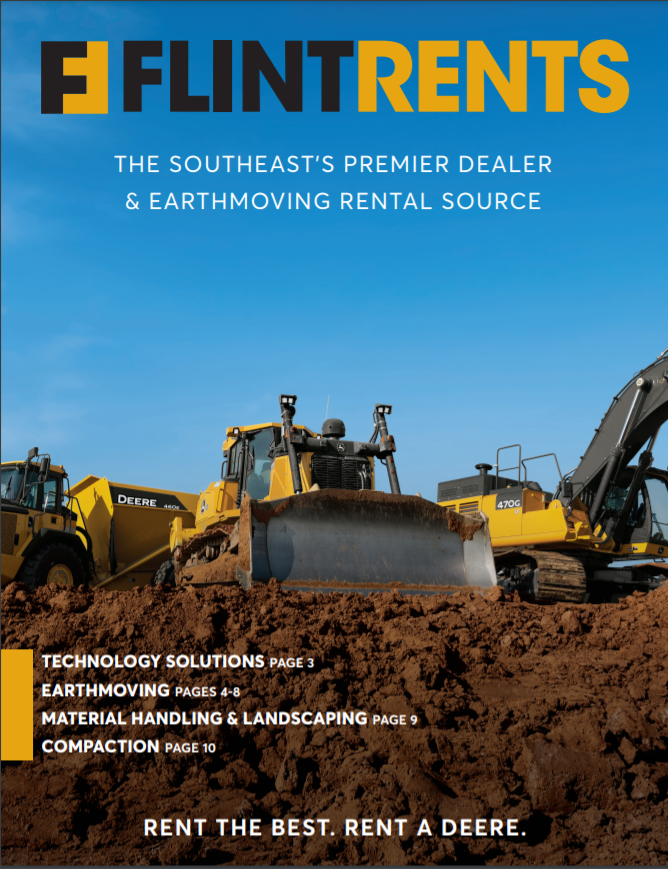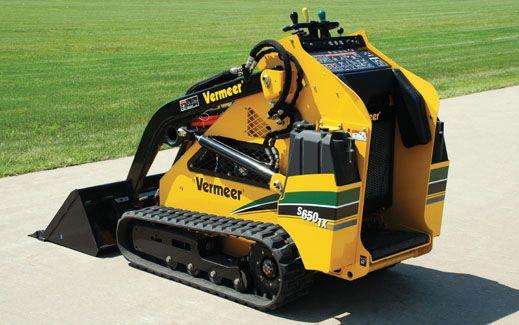Optimize Your Budget Plan by Comprehending the Prices Connected With Building And Construction Devices Rentals
Recognizing the full range of costs connected with building devices rentals is important for optimizing your budget plan. While the preliminary rental cost may seem straightforward, countless extra expenditures-- such as transportation, gas additional charges, and maintenance-- can swiftly collect, impacting your monetary preparation. Being aware of different costs and the details of rental contracts can help stay clear of unanticipated economic concerns. What approaches can be employed to efficiently take care of these costs and make sure an extra reliable rental experience?
Introduction of Rental Costs
When taking into consideration building tools rentals, recognizing the associated costs is vital for effective budgeting and project planning. Rental costs can vary significantly based on a number of variables, consisting of equipment type, period of rental, and place. The initial rental cost typically mirrors the equipment's market demand and its linked operational capacities, influencing the general expenditure.
Along with the base rental rate, supplementary costs may emerge, such as transportation charges, gas additional charges, and upkeep charges. It is necessary to represent these added expenditures to accurately assess the overall price of renting out tools. The rental duration can influence rates; longer rentals may qualify for reduced prices, while temporary services could sustain greater day-to-day costs.

Malfunction of Rental Rates
A comprehensive understanding of rental prices is important for contractors and project supervisors intending to enhance their spending plans. Rental prices for building and construction tools normally include a number of elements, including base prices, time-based fees, and usage fees.
Base prices are the core costs connected with the leasing of the equipment, often established by the type and size of the equipment. These rates can differ dramatically, influenced by aspects such as devices demand, schedule, and local market trends. Time-based costs, which may be daily, weekly, or monthly, offer to accommodate various job timelines and rental periods.
Furthermore, rental rates might include use charges, which apply when tools is used beyond a specified limit, making sure that the rental company can represent wear and tear. Seasonal need variations can likewise affect rental prices, with peak construction seasons typically commanding greater rates.
Additionally, understanding the rental business's plans regarding maintenance and insurance policy can supply more insight right into the total cost framework. By evaluating these parts, specialists can make informed decisions, ensuring the choice of rental equipment aligns with both task demands and spending plan restrictions.
Additional Costs to Consider
Comprehending the complexities of additional charges is critical for professionals to manage their overall rental expenses properly. Past the common rental prices, numerous auxiliary costs can substantially impact the complete cost of devices leasing. These charges frequently include shipment and pick-up fees, which can vary based on range and logistics included in transferring the devices to and from the work site.
Furthermore, some rental business might enforce fuel surcharges if the devices is returned with less gas than when leased. It is likewise necessary to know prospective cleaning fees, especially for specialized tools that calls for extensive maintenance after use.

Extensively evaluating the rental arrangement and making clear these additional costs ahead of time can aid service providers make sure and stay clear of unforeseen costs that budget plans continue to be intact throughout the project lifecycle.
Repair And Maintenance Costs
Regular maintenance and fixing costs are frequently forgotten elements that can significantly influence the total cost of construction devices services. When renting devices, it is critical to consider not just the rental costs but additionally the potential expenses related to keeping the equipment in optimal operating condition.
Several rental companies include standard maintenance as part of the rental arrangement; nonetheless, more unforeseen malfunctions or considerable repairs can lead to additional costs. It's necessary to assess the rental agreement meticulously to recognize what maintenance services are covered and what responsibilities fall on the occupant.
Additionally, equipment that is not well-kept can cause inefficiencies on duty site, possibly creating hold-ups and boosting project expenses. To minimize these threats, it is recommended to conduct regular inspections and maintain open interaction dirt compactor roller with the rental service provider relating to any kind of problems that develop during use.
Insurance and Responsibility Expenses
Insurance coverage and responsibility costs are crucial components that can significantly impact the total expenditure of construction devices leasings (forklift rental). These expenses make certain that both the rental firm and the client are shielded from potential economic losses occurring from accidents, damages, or theft throughout the rental period

Additionally, customers ought to understand any deductibles or exclusions in the insurance coverage, as these can influence prospective out-of-pocket expenditures. Understanding the terms and problems of any kind of insurance coverage is crucial to prevent unanticipated expenses. Eventually, budgeting for insurance and liability costs can assist guarantee a smoother rental experience and safeguard against financial dangers related to building projects.
Verdict
To conclude, an extensive understanding of the expenses linked with building and construction devices leasings is heavy equipment rental prices essential for efficient budget management. By examining rental prices, extra fees, maintenance costs, and insurance needs, people and organizations can minimize unanticipated expenses. This tactical approach not only improves cost-effectiveness however also makes sure that jobs progress smoothly and efficiently. Inevitably, educated decision-making pertaining to tools services adds to the general success of building endeavors.
Rental costs can differ substantially based on several variables, including equipment kind, duration of service, and place (heavy equipment rental). The rental duration can impact pricing; longer services may certify for discounted prices, while short-term leasings may sustain greater daily costs
By conducting thorough study and engaging with trusted rental firms, specialists can effectively navigate the intricacies of rental pricing, eventually maximizing their monetary sources.
Beyond the common rental rates, different auxiliary fees can significantly my website affect the complete price of equipment leasing. Rental firms often supply liability insurance coverage that covers injuries to 3rd events or damage to building, while equipment damage insurance can cover the expense of repairs or replacement if the rented tools is harmed.